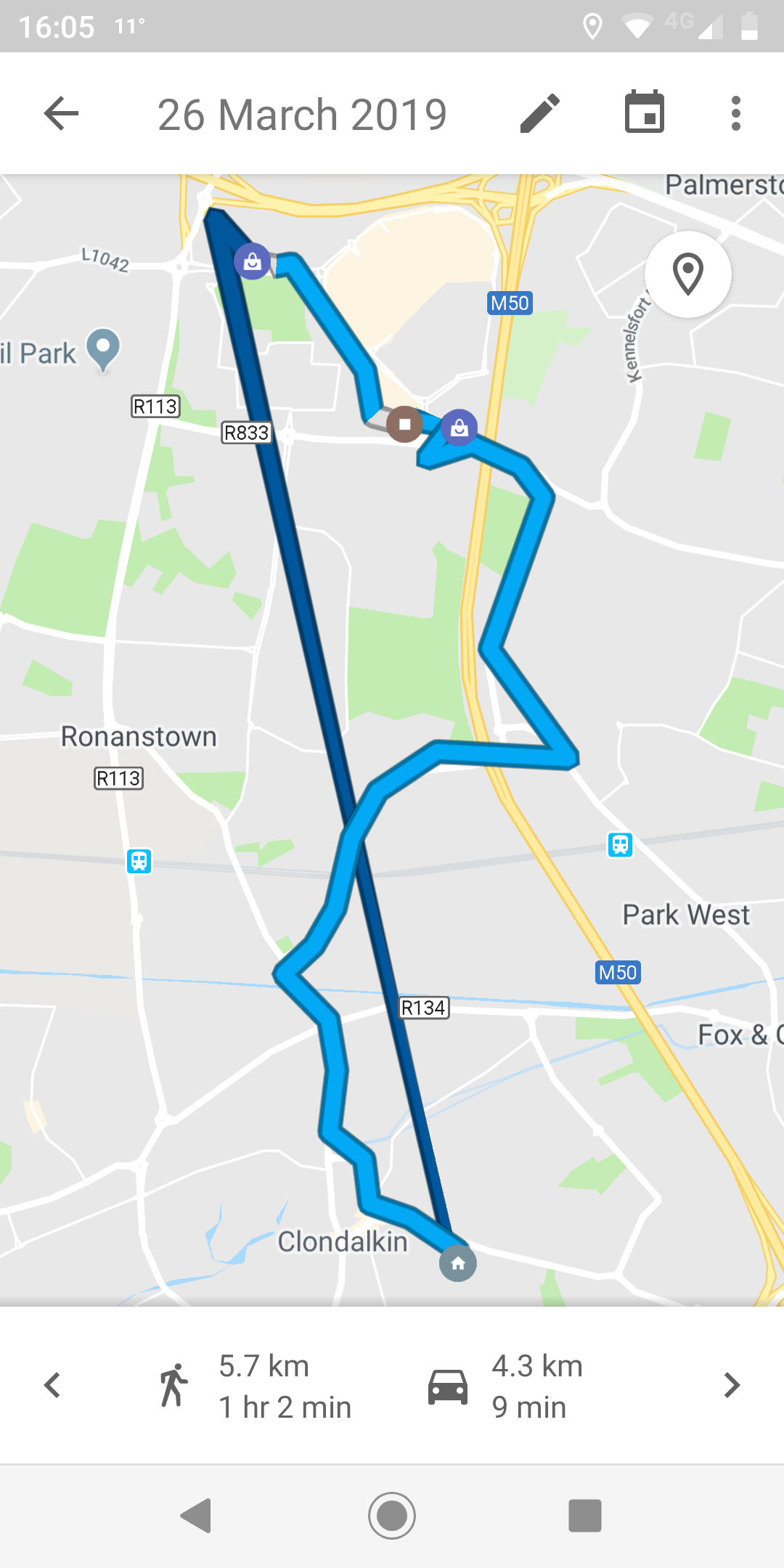Unpacking Your Digital Footprints: A Guide to Exporting Your Google Maps Timeline History
Unpacking Your Digital Footprints: A Guide to Exporting Your Google Maps Timeline History
Blog Article
Exploring Your Digital Footprints: Steps to Exporting Your Google Maps Timeline History
Google Maps Timeline, an archive of your digital wanderings, provides an intriguing look into your past travels. What if you need to preserve this history, review it, or keep a local copy? This article will help you navigate the process of exporting your Google Maps Timeline history. 
1. Accessing Your Timeline:
Open Export Google Timeline To Excel: Open the Google Maps app on your mobile device or go to maps.google.com on your computer.
Navigate to Your Timeline: Access the "Your Timeline" option within the Google Maps menu. This can usually be found in the menu or within your profile settings.
2. Exporting Your Data:
Access Export Google Timeline To Excel Takeout: Google Takeout is the designated tool for downloading your Google data.
Select "Location History": In the Takeout menu, select "Location History." This contains your Timeline data.
Customize Your Export:
File Format: Choose the suitable file format (such as KML, KMZ, JSON). KML and KMZ are common geospatial formats, while JSON is a versatile data exchange format.
Delivery Method: Decide on how you wish to receive your data (like email, Google Drive).
Start Export: Initiate the export process. Depending upon the amount of your Timeline data, this may take a while to complete.
3. Understanding Your Exported Data:
KML/KMZ: These formats are commonly used in mapping software and can be readily visualized in Google Earth or other GIS applications.
JSON: This format is more flexible and can be leveraged for further analysis or compatibility with other applications. You might need to use a specialized software to parse and visualize the data.
Tips and Considerations:
Review Your Timeline: Ahead of exporting, review your Timeline and ensure you're fine with the data being exported.
Privacy Settings: Adjust your Location History settings in Google Maps to regulate what data is collected.
Data Security: Save your exported data securely on your computer or a secure cloud storage service.
Beyond the Technical:
Exporting your Google Maps Timeline is more than a technical exercise. It's an way to reflect on your past, study your travel patterns, and achieve a deeper understanding of your connection to the physical world.
Disclaimer: This resource provides basic information and may not be suitable to all users or devices. Google's settings and tools may update over time.
This article aims to be unique by:
Highlighting the "why" alongside the "how": Highlighting the importance of exporting Timeline data for personal reflection, insight, and preservation.
Providing a clear guide: Breaking down the process into straightforward steps.
Offering practical tips and considerations: Discussing privacy concerns and data security.
By implementing these steps, you can unlock the latent value of your Google Maps Timeline and achieve a deeper understanding of your digital footprints.